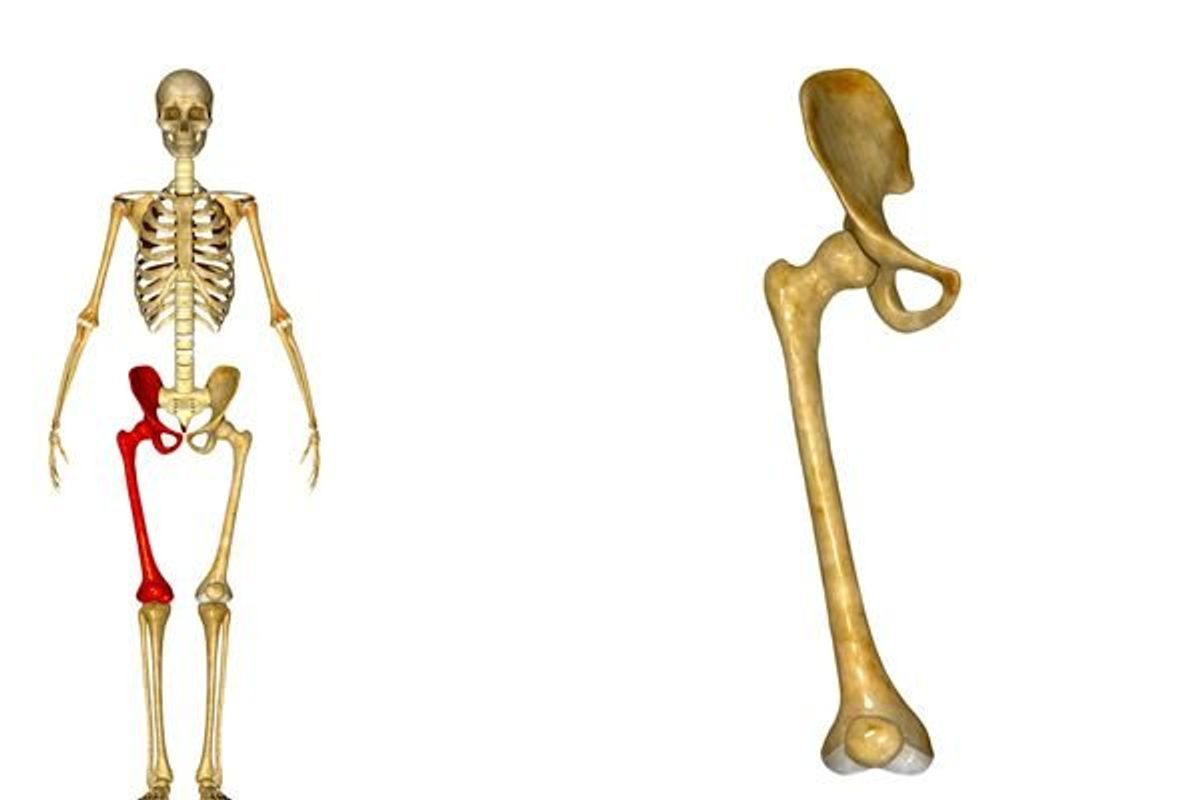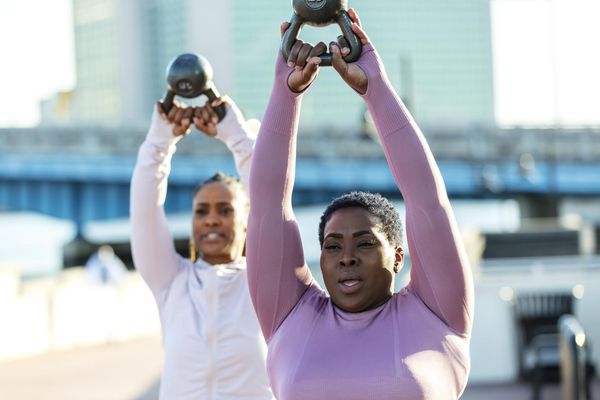

Sheryl Kraft
Sheryl Kraft, a freelance writer and breast cancer survivor, was born in Long Beach, New York. She currently lives in Connecticut with her husband Alan and dog Chloe, where her nest is empty of her two sons Jonathan. Sheryl writes articles and essays on breast cancer and contributes to a variety of publications and websites where she writes on general health and wellness issues. She earned her MFA in writing from Sarah Lawrence College in 2005.
Full BioLearn about our editorial policies
Medically Reviewed
I remember years ago when my grandfather was about 75, he had hip replacement surgery to help relieve the severe arthritis pain that limited his activities. From what I recall, it was a tough surgery and resulted in a lot of time in the hospital, followed by rehab, followed by more time to get back to his normal activities. And I knew plenty of other elderly people who were undergoing the same surgery.
The possibility of getting a brand new hip amazed me, as did the relief from chronic pain and the freedom to walk comfortably that so many people got from the surgery.
And now it amazes me even more that I'm part of the generation that is seeing skyrocketing rates of hip replacements. According a recent CDC report, the number of total hip replacements for the 55 to 64 age group tripled from 2000 to 2010. And for those between 45 and 54, the procedures increased a whopping 205 percent—from 138,000 to nearly 311,000 a year.
You can probably guess why this is: a combination of the larger boomer population and their intolerance for living a sedentary or less active life. As a generation, boomers were—and still are—very active. Many started playing sports and exercising when they were very young.
"We have known for a long time … that we are going to be doing many more hip replacements in the United States," said Dr. Robert Molloy, an orthopedic surgeon at the Cleveland Clinic who is quoted in an article for nbcnews.com.
He goes on to say that patients now have more confidence than they did 20 or 25 years ago that they can get back to their formerly active lifestyles because of the better implant devices on the market today. Due to technological advancements, the longevity of the implants can be up to 20 years for most patients, depending on factors like body weight and activity levels.
I'm no stranger to the boom in boomer hip replacements. About a month ago, my husband, Alan, was the lucky recipient of a brand new right hip. And five years ago he got his left hip replaced. Years of running had taken its toll on his hips, causing excess wear and tear and deterioration, leading to osteoarthritis in both joints.
The Ups and Downs of Recovery
After a two-day stay, Alan (and his cane) came home from the hospital—with lots of instructions and precautions. I removed our throw rugs to eliminate the danger of slipping, installed a shower grab bar and lined up the various medications for easy access.
There would be no driving. No bending from the waist. No sitting, except on a firm chair with arms, atop a cushion or pillow (so that the knees stay positioned below the hips). No crossing his legs. No leaning forward while sitting. No picking up something from the floor. No sleeping on his stomach (his favorite position). No working from the office for about two weeks.
We had to stay hyper-alert for signs of infection, like fever. Ice packs crowded our freezer. Inactivity (save for a few exercises prescribed by the physical therapist) ruled his days, peppered with frequent naps.
Recovering from hip replacement surgery is not straightforward; there are bumps and setbacks along the way, as there are with many surgeries. One day, you're feeling hopeful that the pain you felt yesterday has finally let up. Then, you awake the next day in worse pain than two previous days. You sleep through the night one night; then barely sleep the following evening because of intermittent, throbbing pain throughout the night.
Physical therapy is necessary to strengthen the hip joint and restore movement and function, but sometimes you feel worse after a session than you did going in.
It's easy to get discouraged, depressed and disappointed, and even to question your decision to have the surgery. It's also easy to feel like the cycle of pain will never end and that you've made a big mistake and will be living in chronic pain for the rest of your life.
My husband has been through all of these cycles. In fact, almost a month out, there are still restrictions, frustrations and pain. But the good news is that those are becoming less frequent, as are the naps and sleepless nights. And when we went on a slower-than-usual two-mile walk this morning, I could feel his optimism returning. In fact, he's already talking about taking part in a half-marathon in January of 2017!
More reading for your pleasure:
My Very First Half-Marathon!
More Middle-Aged Americans Are Getting Hips Replaced
Aging + Sports = Boomeritis
You might be interested in





